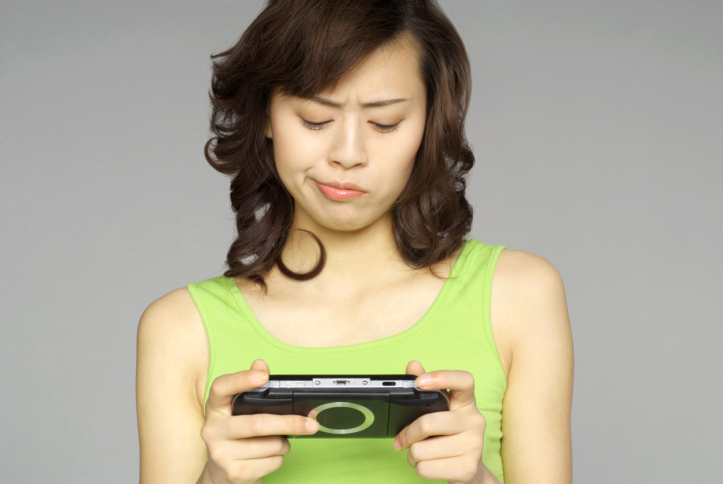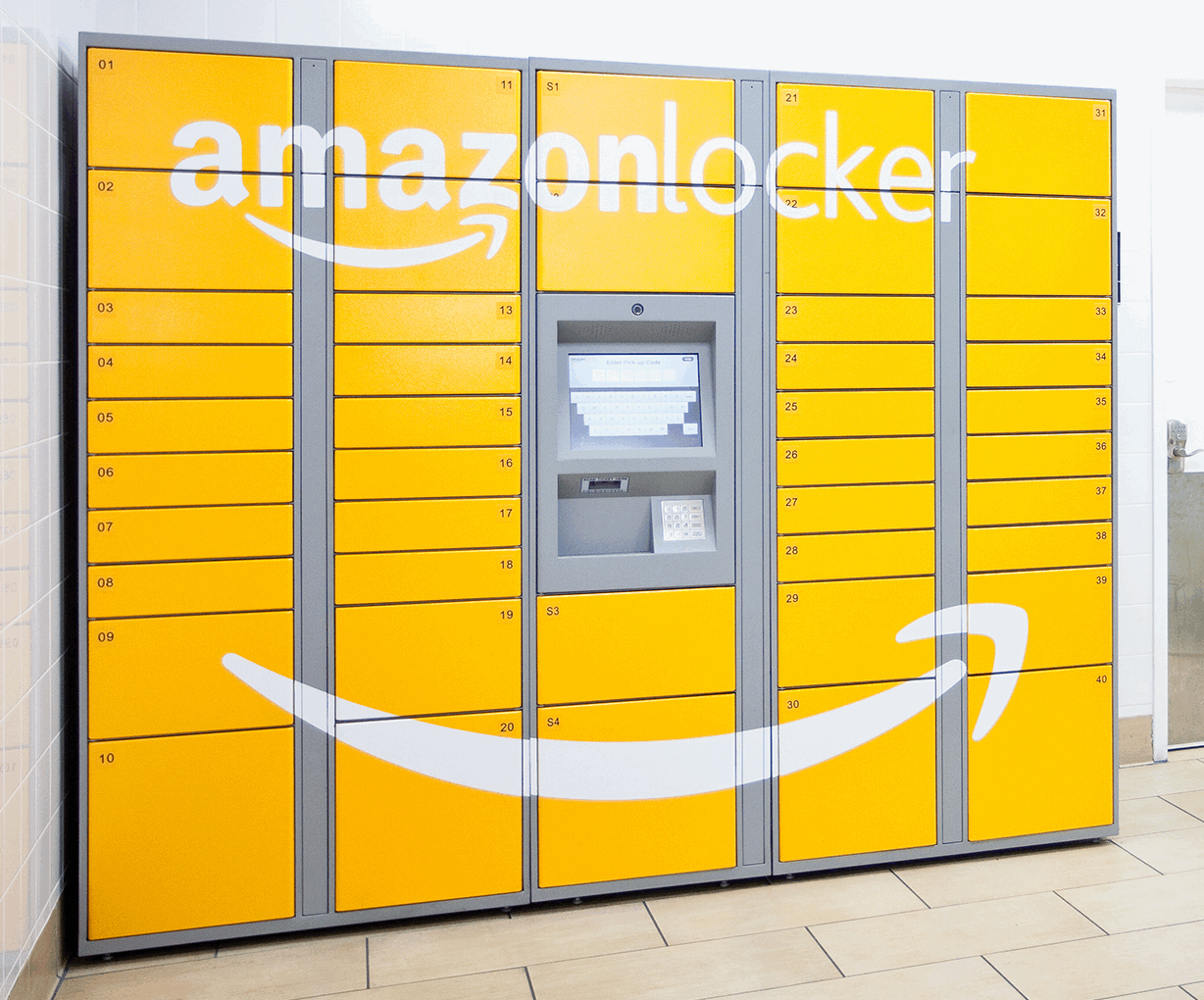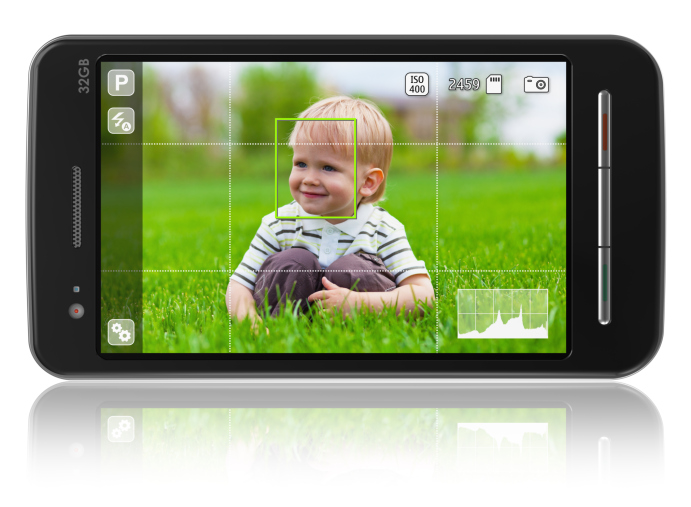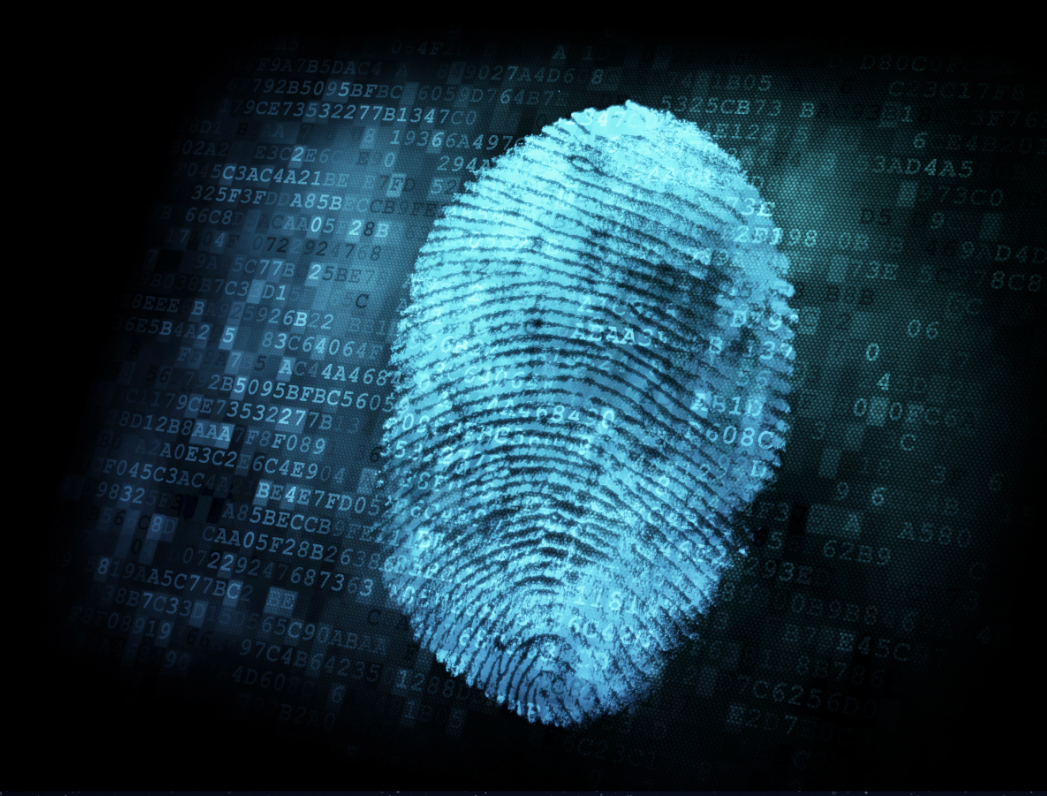At the lab, we spend a lot of time talking about and studying consumer trends. I think it’s fair to assume that by consumers, we usually mean humans; however, I am increasingly seeing the same consumer trends enter the pet industry.
Take curated subscrition shopping, like Birch Box (for make-up) and Nature Box (for healthy snacks). Both businesses are monthly subscription models and deliver a box of hand selected sample-size items. Enter Bark Box— the same concept, but with treats and toys for your dog. Samples are nothing new, but I’d argue the idea of paying for a sample is. Many brands, especially in beauty and food, are accustomed to giving out samples of new products; the idea that consumers would willingly pay for the opportunity to sample promotional items is pretty novel. I think this speaks to both an eagerness for discovery, paired with an ever-increasing strain on people’s time.
Another trend you are likely familiar with is the quantified self, which is simplest to explain by calling out example products like Nike+, Nike Fuel Band, Fitbit, and Withings. Now we have dog pedometers, which help keep your dog in shape along side you — important as 54% of America’s pets are overweight. Even if your pet isn’t putting on the pounds, you’re probably dying to know what your pup is up to while you’re away at work (I am!); never fear, Puppy Tweet has you covered, producing a wearable device for your dog that auto-tweets when he is active.
Think the sharing economy hasn’t transfered into the pet-sphere? You’d be wrong. Just like people can use Airbnb to find a real person’s home to rent while vacationing, Dog Vacay provides a real home for your pet, a welcome alternative to a kennel.
There are also many pet-related companies who are fully integrating technology into their work. One of our colleagues has her dog walked by a NYC-based company called Swifto, which places a GPS on her dog’s collar, so she always knows he’s actually been walked, and where. Not only that, the walker’s phone is programmed to automatically text when the little guy has done his business. And I thought getting the occasional picture of my pup on his walk was high-tech!
Sure, pets are still not going to be considered as target audiences on media plans, but it’s safe to say their humans are making trendy decisions and purchases on their behalf (and not just sweaters!).












